At the crossroads of business, technology, and user experience, product managers possess a multifaceted role. As the navigators charting the course for a product's journey from conception to launch, and beyond, they require an arsenal of tools to turn product visions into realities that resonate with consumers. The effectiveness of a product manager can often be directly correlated to the mastery of their toolkit—a suite of software and resources tailor-made to tackle the unique challenges of the trade.
Navigating through the vast ocean of available tools can be daunting, but in an age where data-driven choices make the difference between success and obscurity, finding the right set of tools is not just helpful; it’s crucial. In this comprehensive guide, we’re revealing the must-have instruments in every successful product manager's toolkit, explaining why they are essential, and demonstrating how they can carry your product management game to a whole new level.
Introduction
The role of a product manager is as dynamic as it is demanding. Being part strategist, part analyst, and part communicator means they must maintain a holistic perspective. To juggle various stakeholder interests, market conditions, and team dynamics, a product manager needs much more than soft skills; they require robust technological support.
The importance of using the right tools cannot be understated. From streamlined communication to insightful metrics, the right tools enhance efficiency, inform strategy, and enable product managers to deliver products that truly meet market demands. Let's discover these invaluable aids.
Market Research Tools
Understanding your market is foundational. Market research tools allow product managers to gauge customer needs, spot trends, identify competition, and validate ideas.
Google Trends
Google Trends is a simple yet powerful free tool that provides insights into the popularity of search queries. Product managers can track spikes in particular topics over time, correlate these with events, and extrapolate potential market movements.
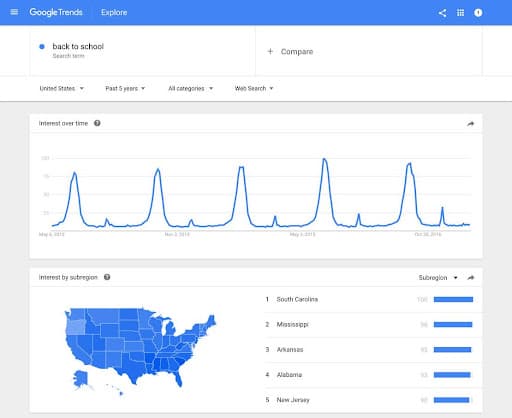
https://www.mediavine.com/what-is-google-trends-and-how-do-we-use-it
Qualtrics
Qualtrics offers comprehensive survey tools that help PMs conduct deeply analytical market research. From targeted audience insights to sentiment analysis, Qualtrics can peel back the layers on customer behavior and preferences.
Benefits of using market research tools include:
Validating product ideas against genuine consumer interest
Avoiding the costs of developing features or products with limited market appeal
Staying ahead of market trends and competitor moves
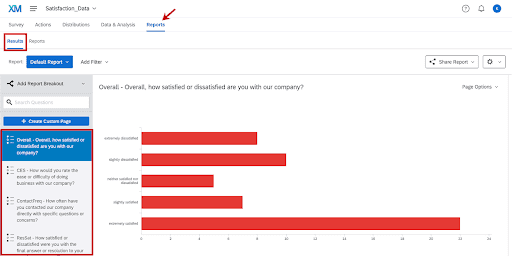
https://www.qualtrics.com/support/website-app-feedback/common-use-cases/screen-capture
Product Roadmap Tools
A product roadmap is more than a schedule—it's the strategic vision for the product's direction. Roadmap tools help PMs visualize the path, define milestones, and communicate the plan cohesively.
Aha!
Aha! is an all-encompassing roadmap solution suited for setting strategy, capturing ideas, and defining features and user stories that shine in product planning meetings for its rich visualization capabilities.
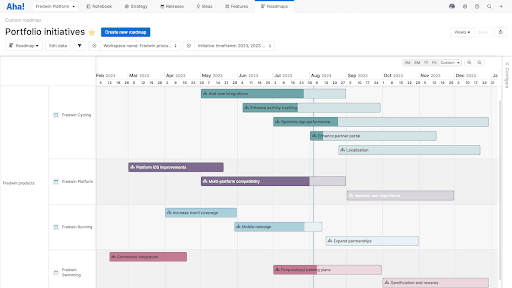
https://marketplace.visualstudio.com/items?itemName=aha.aha
Trello
Trello takes a card-based approach to roadmapping, making it intuitive and adaptable for teams that embrace an agile methodology. It’s customizable and straightforward, perfect for PMs who need flexibility.
Roadmap tool advantages:
Clear visual representation of strategy and timelines to stakeholders
Real-time updates that keep team efforts aligned with changing objectives
Transparency in prioritization and decision-making processes
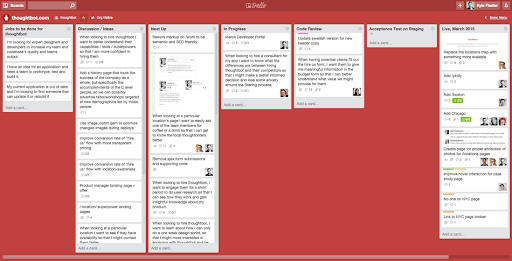
https://thoughtbot.com/blog/how-we-use-trello-for-product-development
Collaboration and Communication Tools
Collaboration tools break down silos. They facilitate clear, accessible, and timely communication between stakeholders, ensuring everyone is unified in purpose and action.
Slack
Slack is virtually synonymous with team collaboration. Offering a bounty of integrations with other tools, it allows for streamlined, conversation-based collaboration that can break down complex projects into manageable discussions.
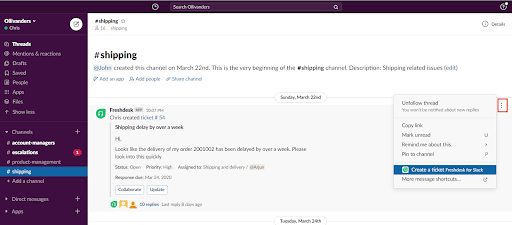
Asana
Asana blends task assignment with communication, empowering PMs to delegate while maintaining open lines of dialogue. Its utility lies in its combination of project tracking with the interactive communication elements.
Benefits include:
Centralizing communication, thereby reducing the reliance on email and meetings
Promoting faster decision-making through real-time discussions
Enabling remote, asynchronous work without losing the essence of teamwork
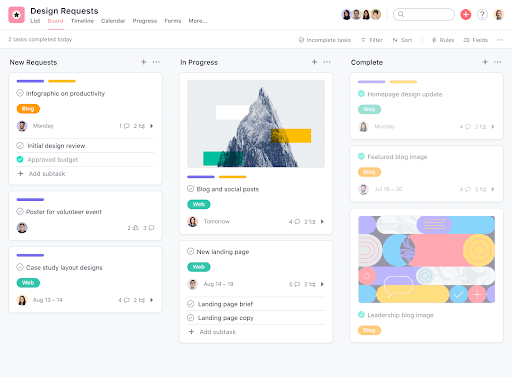
https://asana.com/uses/kanban-boards
Analytics and Data Tools
In contemporary product management, decisions must be evidence-based, and that's where analytics and data tools step in. They transform user interactions into actionable insights.
Google Analytics
Google Analytics is an indispensable asset for web-based products. It offers a wealth of information on user behavior, traffic sources, and the effectiveness of marketing efforts, crucial for fine-tuning the product experience.
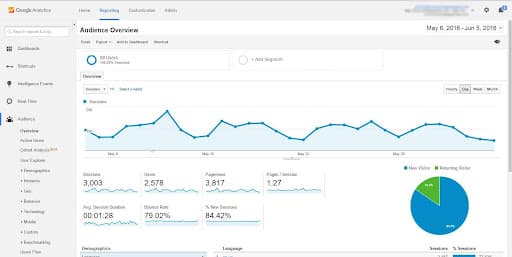
https://www.eclipsemediasolutions.com/blog/google-analytics-reports-explained-screenshots
Mixpanel
Mixpanel allows for detailed tracking of user interactions within the product. PMs can run A/B tests, analyze user retention, and understand conversion funnels with fine granularity, enabling highly informed iterations.
Their use is key for:
Measuring engagement and user satisfaction accurately
Identifying pain points and areas for improvement within the user experience
Aligning product development with customer-driven data insights
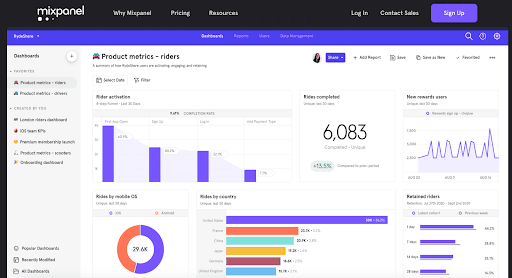
https://productgym.io/top-10-product-analytics-tools-for-product-managers/
Project Management Tools
Product managers orchestrate a symphony of tasks, deadlines, and team capacities. Project management tools help keep this complex performance harmonious and in rhythm.
Jira
Jira is almost synonymous with agile project management. Designed to facilitate agile methodologies like Scrum and Kanban, it’s become indispensable for tracking development progress and issue resolution.
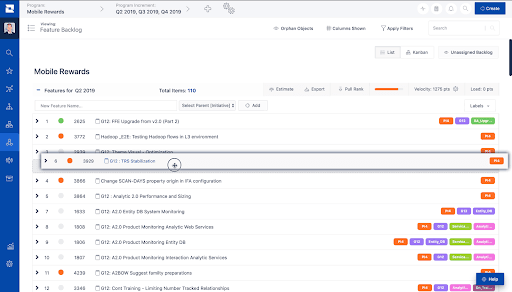
https://community.atlassian.com/t5/Jira-Align-articles/Jira-Align-for-Product-Managers/ba-p/1167404
Monday.com
Monday.com offers a visually intuitive platform for task management that spans beyond just the development team. It promotes transparency in workflows and helps in aligning cross-department efforts.
Project management tool benefits:
Visualization of task dependencies and progress on complex projects
Streamlined prioritization that keeps the team focused on valuable deliverables
Data-driven retrospectives that improve team efficiency and product quality
https://theproductmanager.com/tools/monday-for-product-management/
Conclusion
Two major factors contribute to the combination of tools that a Product Manager will use. One is the type of organization you work for and the other is the type of products you are working on. It is more about mastery of the tools to deliver the expected output.
The tools in a product manager's toolkit serve as extensions of their capabilities, mirroring the multifaceted aspects of their role. As PMs look towards orchestrating the delivery of products that capture user hearts and market share alike, these tools are their instruments, each playing a crucial note in the symphony of product development.
Incorporating these tools into your daily practice can be transformative, turning you from a manager into a maestro. However, the depth of their impact is proportional to the mastery of their use. It's not just about having the right tools; it's about using them to their fullest potential.
As innovation gallops forward, so too will the product manager's toolkit evolve. Staying abreast of new capabilities, learning to integrate them seamlessly into your workflow, and continuously honing your skills will be what separates good product managers from great ones.
